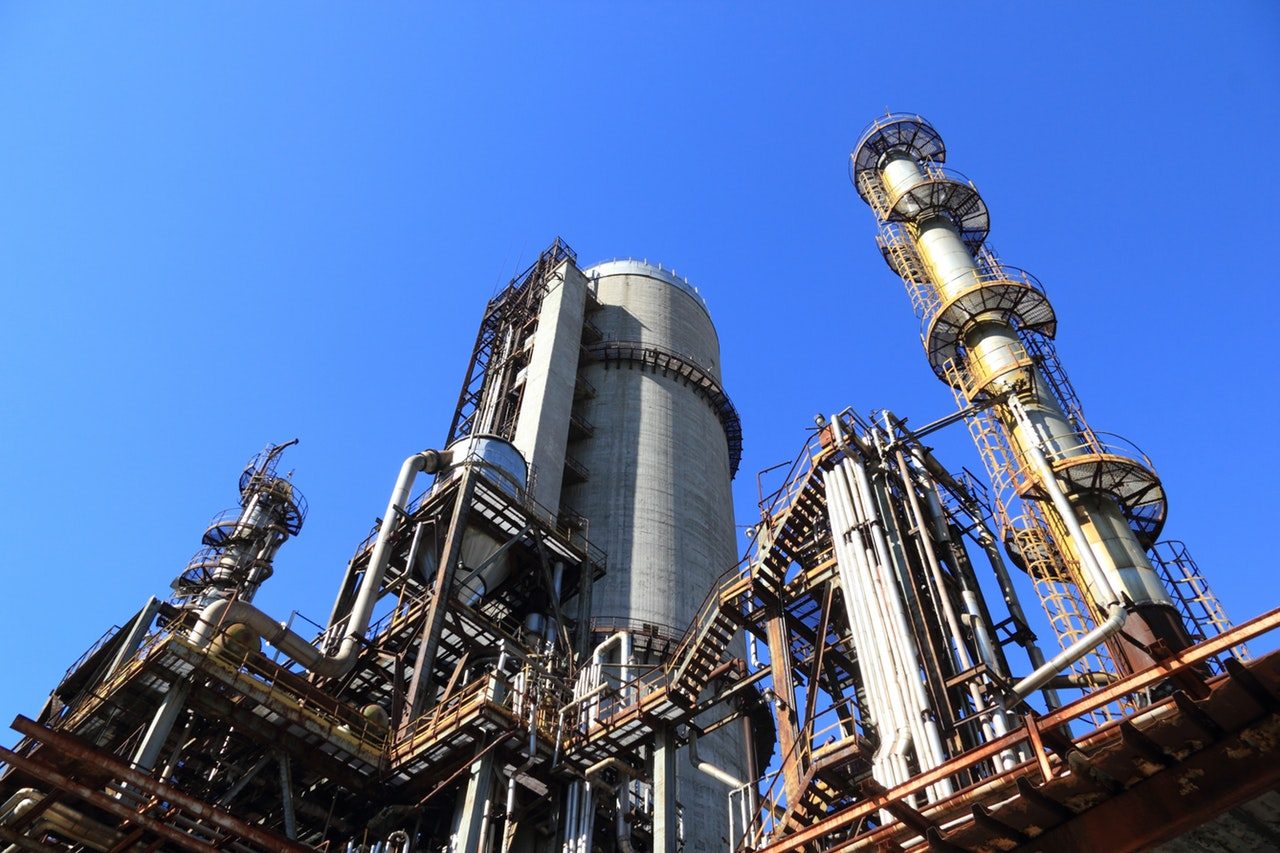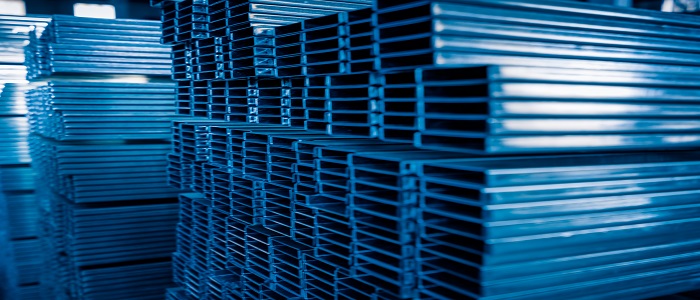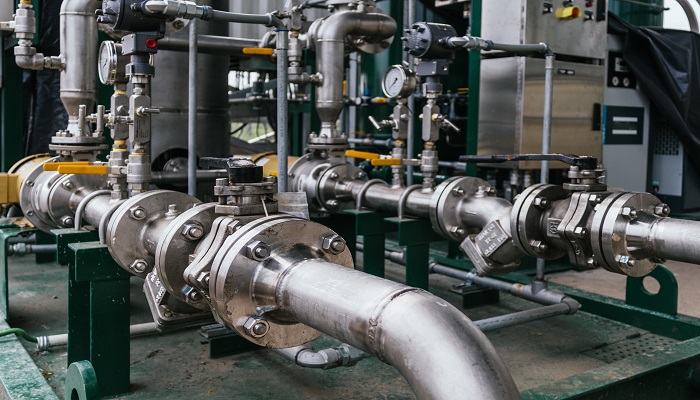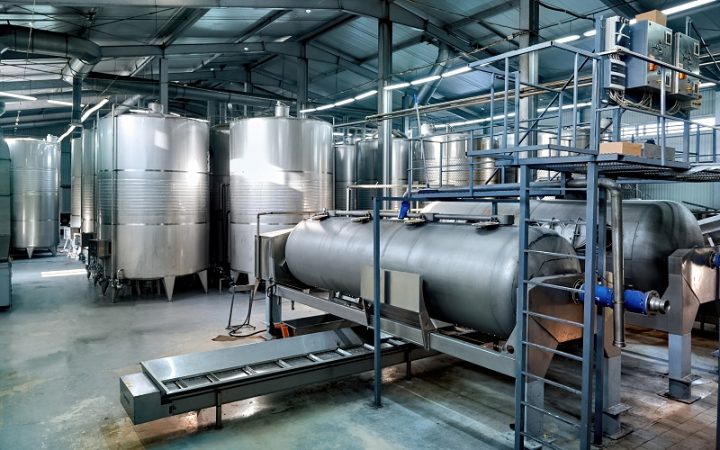What Are Industrial Goods?
Industrial goods are any goods that are bought and used for industrial and business use. They are made up of machinery, manufacturing plants, raw materials, and any other good or component used by industries or firms.
Industrial goods are based on the demand for the consumer goods they help to produce. Industrial goods are classified as either production goods or support goods. Production goods are used in the production of a final consumer good or product, while support goods help in the production process of consumer goods such as machinery and equipment.
Companies that are involved in the industrial goods sector represent a variety of industries including (but not limited to) machinery, construction, defence, aerospace, and housing.
Industrial Goods Classification

Industrial goods are classified based on their relative cost and where they enter the production process.
Classification is done based on three broad groups:
- Material and Parts
- Capital Items
- Supplies and Services
- Material and Parts– Goods that enter the manufacturers ‘product directly. The cost of these items is treated by the purchasing company as part of the manufacturing cost. Material and parts are further segregated into three parts that are:
-
- Raw Materials- These are the basic products which enter into the production process with little or no alterations. They may be marked to user customers or OEMs (Original Equipment Manufacturers). For instance, small manufacturers manufacture smaller parts that are used in larger machines like an Automobile. Such as iron ore, crude oil, natural gas, HDPE, etc.

- Manufacturing Materials- Any process which requires raw material to be processed to give final products is a part of manufactured materials classification. The pricing and marketing of the product, in this case, depends on the raw material being used. Such as acids, fuel oil, steel, copper wires, and chemicals.

- Component Parts- These are the semi-finished parts that can be installed directly into the products with little or no additional change. Such as ball bearings, small motors, switches, motors, customized gears, batteries, and tires.

- Raw Materials- These are the basic products which enter into the production process with little or no alterations. They may be marked to user customers or OEMs (Original Equipment Manufacturers). For instance, small manufacturers manufacture smaller parts that are used in larger machines like an Automobile. Such as iron ore, crude oil, natural gas, HDPE, etc.
2. Capital Items– Capital items are those which are used in the production process. They are normally treated as user customers. Capital items are classified into three groups:
-
- Heavy Equipment- These are the major and long term investments such as general purpose and special purpose machines, turbines, generators, and earth moving equipment. Types of equipment in the case of factories will be caterpillars, trucks, cranes and a lot more.

- Light Equipment- Light Equipment and tools which have lower purchase prices and are not considered as part of heavy equipment such as typewriters, computers, hardware and design equipment, printers, copiers, and other small electric motors.

- Plant and Buildings- These are the real estate property of the company. It includes the firm offices, factories, plants, warehouses, and parking lots.

- Heavy Equipment- These are the major and long term investments such as general purpose and special purpose machines, turbines, generators, and earth moving equipment. Types of equipment in the case of factories will be caterpillars, trucks, cranes and a lot more.
3. Supplies and Services– Supplies and services support the operations of the purchasing organisation. They are not considered as part of the finished goods. They are further segregated into two parts:
- Supplies- These items are generally standardised and are marketed to a wide cross- section of industrial users. Such as paints, oils, greases, pencils, stationery, etc. Supplies are divided into two formats:
- Maintenance and repair supplies –Paints are a form of maintenance supplies. Cleaning services are another form of maintenance.

- Operating supplies –Pen and paper, notepads, lubricants for automobiles are part of the operating supplies needed on a day to day basis.

- Maintenance and repair supplies –Paints are a form of maintenance supplies. Cleaning services are another form of maintenance.
- Services-The Company needs a wide range of services like building maintenance services, auditing services, legal services, courier services and many more. Services are generally third party services given to businesses and they are in high demand right now because organisations/companies do not want to spend the time or the energy on getting regular things running. Hence they either use Business advisory services or business maintenance services.
- Business advisory services –Any business out there requires a Chartered accountant. This accountant can be hired or it can be a firm that handles the business. Similarly legal, consulting, advertising, marketing are all business agencies within themselves that provide services to industries.

- Maintenance and repair services –There is a difference between repair goods and repair services. Where paint is a repair good, a repair service is window cleaning or printer and copier repairing, something which is best left to the professionals. And there are many professionals out there who pick industrial contracts for an annual year towards repair and maintenance of day to day products and types of equipment within an organisation.

- Business advisory services –Any business out there requires a Chartered accountant. This accountant can be hired or it can be a firm that handles the business. Similarly legal, consulting, advertising, marketing are all business agencies within themselves that provide services to industries.
Classification of Buyers of Industrial Goods
The buyers of industrial goods usually fall under the following three categories:
1. Those who buy components
A car manufacturer may, for example, buy radiators, batteries, etc., from the manufacturers of these components.
2. Those who buy and install machines
The same car manufacturer may install machinery to check the wheel alignment. Here, the machine is purchased for service purposes.
3. Those who buy for resale
They are the distributors of industrial goods. For example, there are distributors for car radiators, car batteries and so on.
Companies that are involved in the industrial goods sector represent a variety of industries including (but not limited to) machinery, construction, defense, aerospace, and housing. One company can be a bulk seller to another company (automobile OEM), or it can sell small items in bulk to large companies (Paper distributors).




